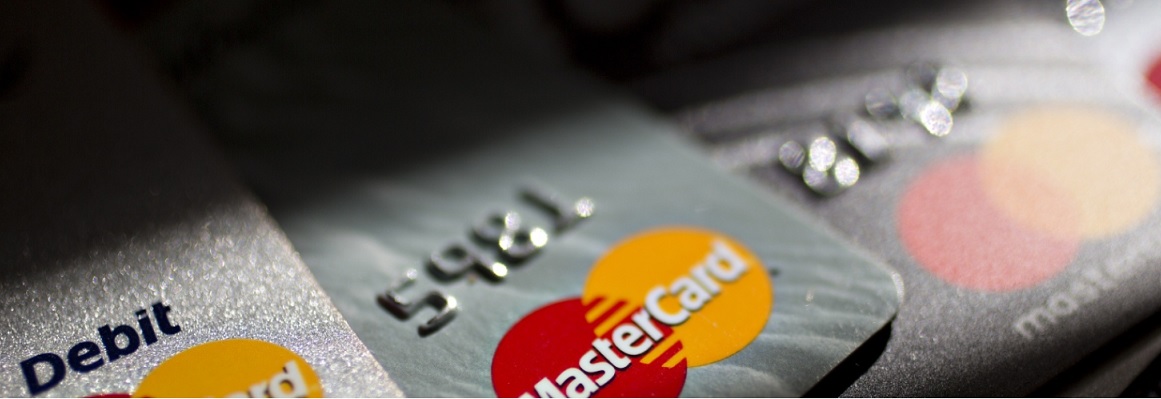
The company is piloting the program with PNC Bank, one of the largest diversified financial services institutions in the United States, which leverages the RTP® network from The Clearing House for real-time payments clearing and settlement capabilities.
„Mastercard will roll this out to industries with complex distribution networks and supply chains, solving several challenges such as onerous paperwork, manual processes and complicated reconciliation largely driven by the use of cash and checks.”, according to the press release.
The first use-case will center on alcohol distribution. Mastercard will partner with enterprise resource planning (ERP) provider, Rutherford & Associates, to facilitate payments in the regulation-ridden, wine and spirits distribution industry.
„With Payment on Delivery, suppliers receive instant access to funds and rich information associated with the transaction, leading to better insights into cash flow. Both buyers and suppliers can improve operational efficiency through easy reconciliation and can eliminate any risk that comes from carrying or storing cash or checks.”, the company said.
“PNC has been at the forefront of real-time payments, and we are pleased to be able to extend request-for-payment capabilities across the real-time payment rails,” said Chris Ward, executive vice president and head of product & operations, PNC Treasury Management. “Through this program, together we can bring speed and transparency to these critical business payments.”
“Real-time payments capabilities for businesses will introduce much needed efficiencies into the B2B payments process,” said Steve Ledford, Senior Vice President of Product Strategy and Development, The Clearing House.
Payment on Delivery is part of the Mastercard Track portfolio of business applications, which taps into real-time payment messaging capabilities so that the suppliers’ bank can push a “request-for-payment” directly to the business, and the business can pay immediately – on delivery – with instant reconciliation on the backend. Mastercard plans to partner with ERP providers and banks to expand distribution and adoption of this solution in the U.S.
“Consumers are used to the convenience of buying and paying for things with a simple swipe on their mobile devices. Businesses, on the other hand, follow a clunky and inefficient process when it comes to payments,” said Ron Shultz, executive vice president, New Payment Flows, North America, Mastercard. “Our real-time payment capabilities not only connects buyers and sellers to enable payments to happen in real-time, but also provides them with real-time information to drive efficiency, control, security, and transparency on the backend.”
“The safety of our customers is very important for us and we thrive on providing added value through technology. Many of our customers have been asking for this, so we’re excited to be working with Mastercard and PNC Bank on a cutting edge solution that meets real customer pain points like ensuring the safety of delivery drivers while improving reconciliation.” –Thu Schoenberg, Product Manager of Strategic Initiatives, Rutherford & Associates.
Banking 4.0 – „how was the experience for you”
„To be honest I think that Sinaia, your conference, is much better then Davos.”
Many more interesting quotes in the video below: